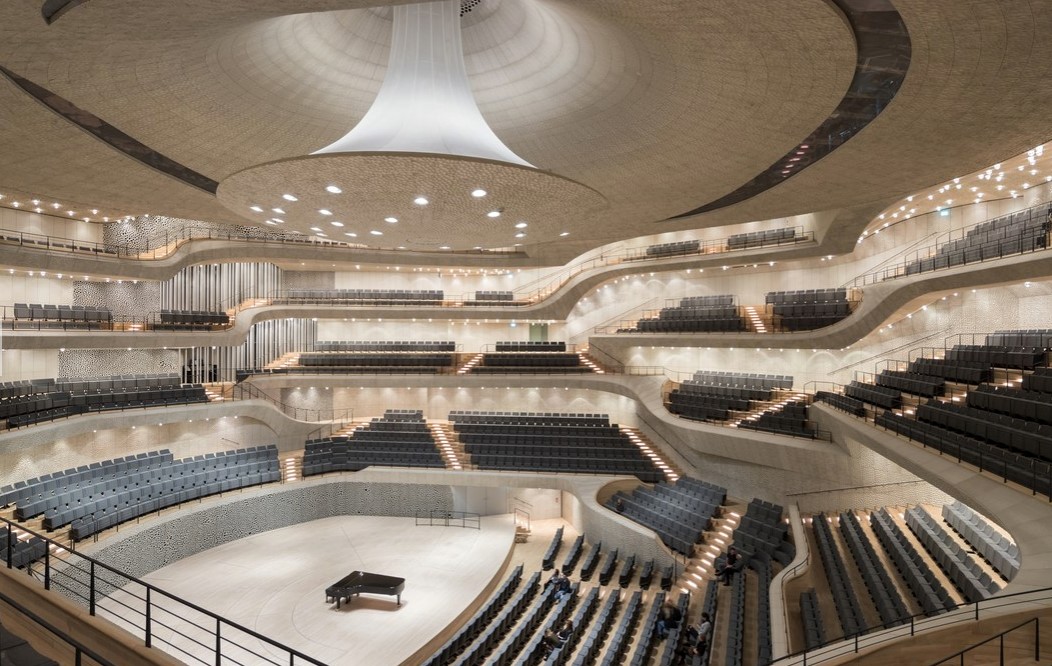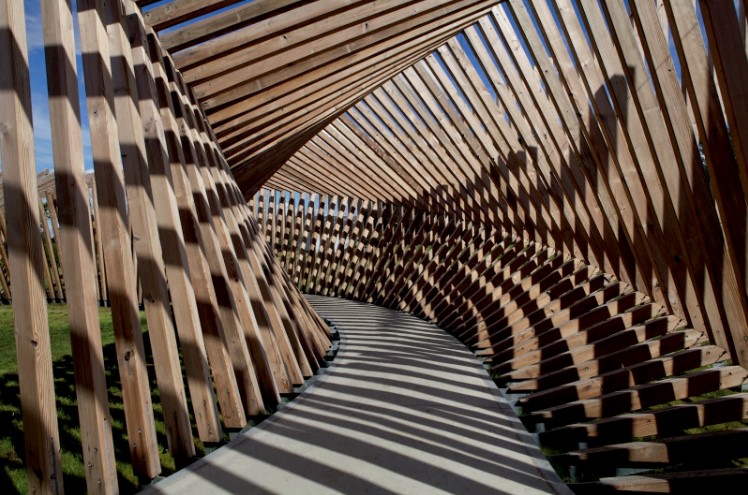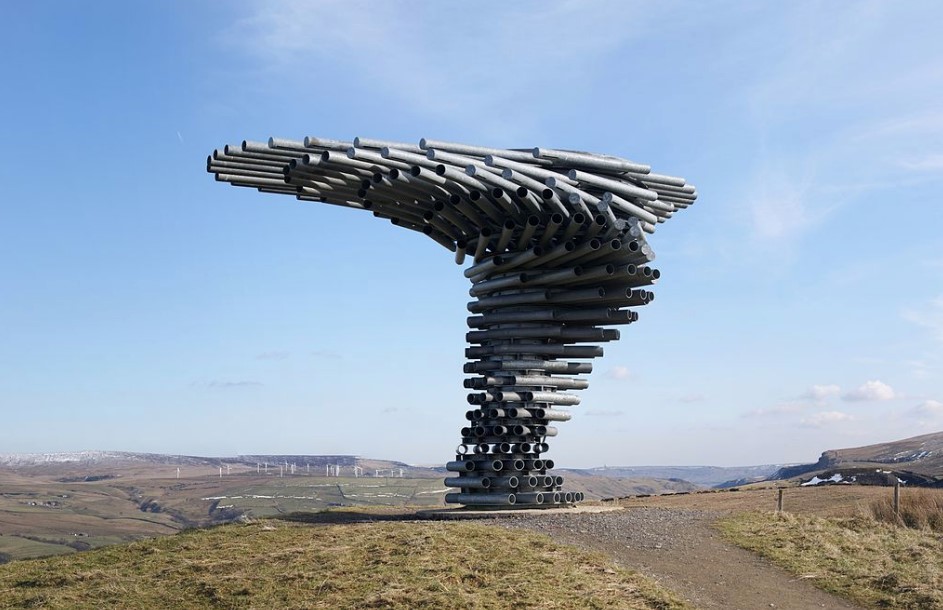|
Although many consider design to be a purely visual enterprise, a truly design-led experience should be one that encompasses all our senses. To usher in the new year, we have compiled seven breath-taking examples of architecture that celebrates the unity of acoustics and aesthetic design.
Elbphilharmonie, Hamburg, Germany
Opened to the public in January 2017 and based in the HafenCity quarter of Hamburg, the Elbphilharmonie is one of the most advanced concert halls in the world. Designed by Herzog & De Meuron, the 2,100 capacity central auditorium has over 10,000 gypsum fibre bespoke acoustic panels that line the ceiling and walls. These panels have ‘cells’ carved into them – ranging from 4-16cm in width – to ensure sound waves are captured and diverted evenly throughout the entire hall. Given that the maximum distance between any one visitor and the orchestra is 30 metres, it creates for a truly extraordinary acoustic spectacle. But it’s not just its interior that makes the Elbphilharmonie stand out. Careful consideration was given to its external façade so that it manages to blend in with nearby buildings yet still make a visual impact. The building’s original brick exterior was retained yet the concert hall’s roof was transformed into a shimmering, glass-windowed roof that resembles the waves of the River Elbe and the nearby Port of Hamburg. Ruup, Võru County, Estonia
These gigantic timber funnels can be found in the southern forests of Võru County, near to the RMK’s pähni nature centre and close to Estonia’s border with Latvia. Designed and created by interior architecture students and the Estonian Academy of Arts, each Ruup measures three metres at its widest point and has a dual purpose, as Hannes Praks, the project’s leader, explains: “The symbolic shape of the megaphones helps the user to focus and listen, but it can also be used in reverse, to amplify the sounds you make yourself. If you shout into the narrower end of the megaphone, you could also call out.” Gol Gumbaz, Bijapur, India
Tourists flock to Gol Gumbaz to visit mausoleum’s ‘whispering gallery’, where the faintest of utterances can be heard 40 metres away. Gol Gumbaz – its literal translation meaning ‘circular dome’ – is the mausoleum of King Mohammed Adil Shah, the former Sultan Bijapur, and was constructed in such a way that a repeating echo can be heard up to 10 times before it becomes inaudible. And with a diameter of 44 metres, the building, completed in 1656, boasts one of the largest domes in the world. |
EKKO, Hjallerup, Denmark
This architectural art installation in northern Denmark invites people to walk through a twisting Alice in Wonderland loop where tiny microphones capture echoed footsteps and then plays them back. The result is a sensory-enhancing experience that can also disorientate as t, as weather depending, natural light filters through looped timber structure and rains down on those passing through. Tvisongur, Seyðisfjörður, IcelandSet in the mountainside near the town of Seyðisfjörður and overlooking a spectacular view of an Icelandic fjord are five concrete igloos. Designed by the German artist Lukas Kühne, each of these interconnected domed structures has its own resonance that corresponds to a tone found within traditional Icelandic harmonies and, rather cleverly, it serves as an amplifier for that specific tone The Singing Ringing Tree, Lancashire, UK
Completed in 2006, this award-winning sculpture is comprised of a number of galvanized steel pipes that harnesses the energy of the wind to emit a naturally-formed choral sound that covers a range of several octaves. Designed by Mike Tonkin and Anna Liu, the Singing Ringing Tree won the National Award of the Royal Institute of British Architects (RIBA) for architectural excellence in 2007 and inspired a second sculpture, erected in 2017, near Austin, Texas. The Tower of Voices, Somerset County, Pennsylvania
In honour of United Flight 93 that crashed on 11th September 2001 stands a memorial landmark for the forty passengers and crewmembers that died. Standing at 93-feet tall, the acoustic structure has 40 unique wind chimes; each one bespoke to represent the individual voice on board the plane.
|





